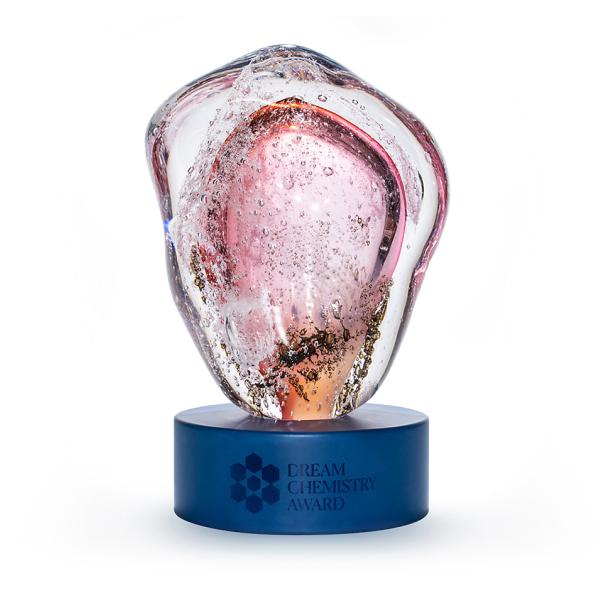Mark Levin Wins 2023 Dream Chemistry Award
Mark Levin has been announced as the winner of the 2023 Dream Chemistry Award. Organized by IOCB Prague, a leading institution in the Czech Republic, the award was established to support “young talents in pursuing their scientific dreams.” Levin won for his project, "Skeletal Editing: Enabling Synthesis that Matches Design".
On Dec 4th, finalists for the prize presented their unique vision to judges at a ceremony in Prague. Finalists included Dr. Aisha Bismillah of the University of York, Dr. Moran Frenkel-Pinter of the Hebrew University of Jerusalem, Francesca Grisoni of Eindhoven University of Technology, and Barak Hirshberg of Tel Aviv University.
Established in 2013, according to the organization “the Dream Chemistry Award is a unique competition recognizing young scientists who aspire to fulfill their dream of solving fundamental problems in chemistry or chemistry-related disciplines with bold ideas.” The award aims to recognize ambition that addresses major, global challenges that award “the boldness of its core idea and the novel approaches it takes to solving the given problem.”
Following recent publications in both Science and Nature, the Levin Lab has been lauded for their novel approach to swapping one carbon atom for a nitrogen atom, which Levin and his group have referred to as “Skeletal Editing.” This entirely new method proposes to greatly improve the field of drug discovery.
Speaking to the Guardian last August, Levin said about his organic chemistry, “We’re one of the only fields of science that at its core is about making things that have never existed anywhere else in the universe, and would never have existed if we didn’t intervene.”
For his project, Levin is awarded $10,000 Euros and an original trophy of bohemian glass designed specifically for the occasion, meant “to embody the beauty inherent in the scientific process.” Rendered in solid glass, the unique award is intended to reveal “the moment in time when an experiment begins to evolve, the changing form and colors depicting various states of aggregation.”
